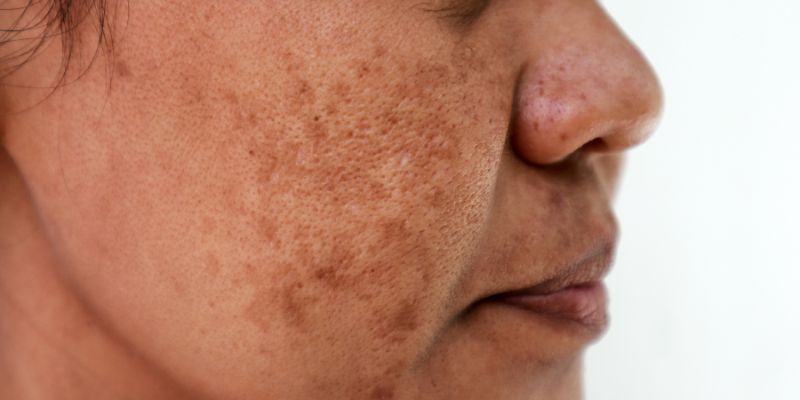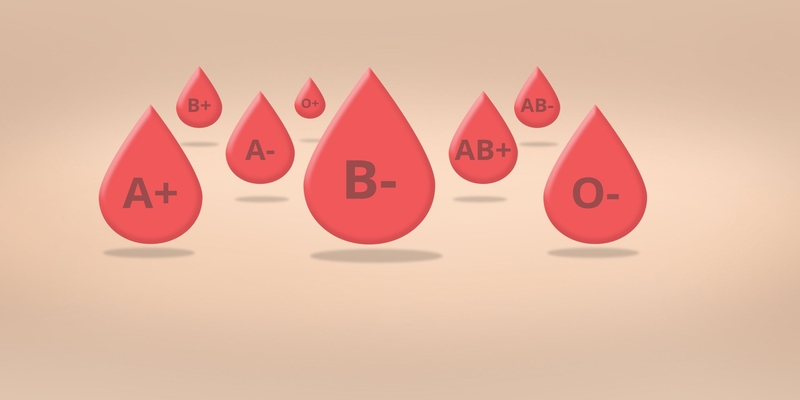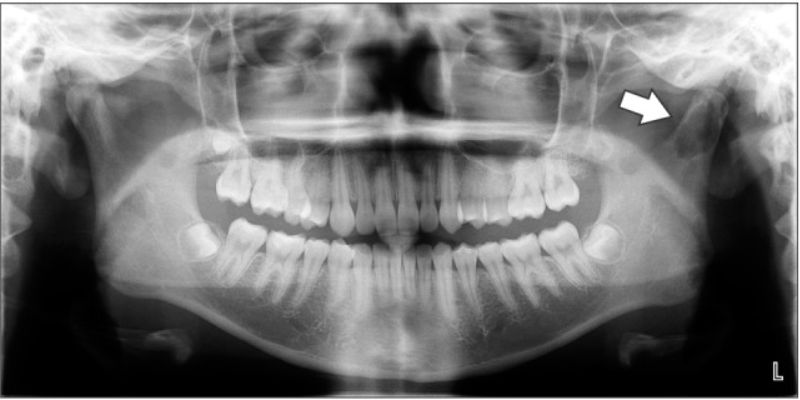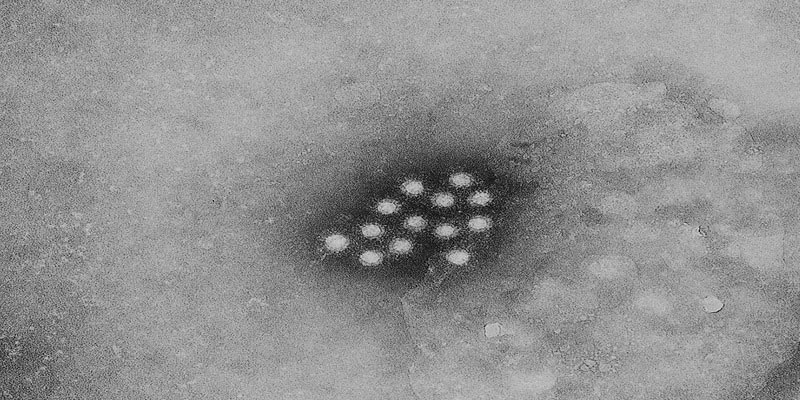Melasma appears as pigmented patches on the skin, particularly on the face. It is more prevalent among females, especially during pregnancy. Exposure to sunlight may exacerbate the illness. The objective of this article is to assist you in discovering an effective treatment for your melasma that is suitable for your needs. We will explore several methodologies to aid you in choosing the most suitable technique for your skin.

Overview of Melasma Treatment Effectiveness
Current Therapeutic Approaches
Melasma may be treated in a wide variety of ways, from over-the-counter creams to cutting-edge cosmetic surgery. Hydroquinone and other pigment-lightening chemicals are commonplace in commercial creams. Some of them aid in skin rejuvenation and inflammation reduction since they include tretinoin or corticosteroids. Laser therapy is a non-topical treatment that may target and reduce melanin accumulations. Chemical peels, in which acids are used to exfoliate the skin, are used by certain medical practitioners. Furthermore, natural substances are emphasized in alternative treatments to achieve progressive color correction. The aim shared by these various therapies is the restoration of a natural-looking, even skin tone.
Factors Influencing Treatment Success
Managing melasma successfully is dependent on a number of things. The kind and color of the individual's skin have a major role in how receptive they are. Melasma's depth inside the skin layers also influences whether therapies could be successful. Another critical factor is patients' ability to stick to their treatment plans over the long haul. UV radiation protection is crucial since a lack of it might make medical interventions ineffective. The treatment process might be hampered or helped by hormonal factors, especially in females. With expert advice, you get a solution that's made just for you, increasing the odds of a successful conclusion. Increasing the likelihood of successful therapy for melasma, patient education about these factors is essential.
Comprehensive Analysis of Skin Condition Melasma Therapies
Topical Agents
Melasma is mostly treated with topical medicines, with a range of alternatives depending on skin type and pigmentation. Hydroquinone's ability to inhibit the enzyme in charge of melanin formation makes it a standout among pigment-lightening agents. It comes in varying intensities, and careful application is required to avoid excessive lighting. Vitamin A derivatives called retinoids have been shown to hasten skin turnover, which in turn hastens the disappearance of pigmentation. Some users report mild skin irritation after using them, although this negative effect often goes away after a few applications. Many other topical options exist as well, such as azelaic acid, which inhibits melanin formation without the associated irritation, and kojic acid, which is generated from fungi and provides a more organic method of skin lightening. 
Oral Supplements
Melasma may be treated internally with the use of oral supplements. Vitamins C and E, two antioxidants, help keep skin healthy by neutralizing free radicals that might otherwise increase pigmentation. They may aid not only in diminishing existing melasma but also in avoiding the production of new areas. Other supplements, besides antioxidants, are getting a lot of attention for their purported skin-beneficial effects. Because of its photoprotective properties, a fern extract called Polypodium leucotomos has shown promise in treating melasma when used in conjunction with other therapies. In addition, tranexamic acid, which has been used to prevent bleeding, is now being used to treat melasma because of its surprising effects in lightening the skin. Although these supplements aren't the primary focus of melasma treatment, they've been shown to be helpful in the big picture by providing systemic support for the localized efforts of creams and ointments.
Innovative Melasma Management Solutions
Laser Therapies
In recent years, laser therapies have been added to the therapy arsenal for melasma. Q-Switched lasers generate high-energy light waves to fracture and scatter melanin clumps, thereby lowering pigmentation. Aggressive environments might worsen the disease. Thus, careful administration is essential. Another option is fractional laser therapy, which uses controlled injury to trigger the body's natural wound-healing processes and bring about a more even skin tone. One common worry about laser treatments is that they would cause the skin to produce more pigment. However, the pinpoint accuracy of fractional lasers makes it possible to provide focused therapy that reduces this danger. Skilled practitioners are needed to carry out these modalities, and patients' appropriateness is carefully evaluated beforehand.
Chemical Peels and Dermaplaning
Acidic solutions are used in chemical peels to exfoliate the top layer of skin, exposing a more even and supple layer underneath. The severity of the melasma and the skin's tolerance determine the kind of acid used, which may range from gentle alpha-hydroxy acids to more powerful trichloroacetic acids. The most appropriate kind is decided after careful consideration by experts, who weigh the benefits against any potential risks. Moreover, this method improves the skin's appearance and facilitates the more effective absorption of topical remedies. These techniques have shown promise, but they must be used by trained professionals to avoid adverse effects like scarring and infection. Patients are urged to seek treatments from trained medical personnel and to strictly follow post-procedure care in order to minimize the risk of complications and get the best possible results.
Lifestyle and Home Remedies for Melasma
Sun Protection Measures
Sunscreen is a must for melasma sufferers. Sunscreen with a sun protection factor (SPF) of at least 30 should be used. To further lessen exposure, it is recommended to wear wide-brimmed hats and seek shade during the hottest parts of the day.
Skin-Care Routine Adjustments
Supporting melasma therapy with regular use of mild cleansers and moisturizers is recommended. It's crucial to avoid items that irritate the skin since irritation might induce further pigmentation. Selecting hypoallergenic and non-comedogenic products reduces the likelihood of skin irritation. Regular, mild exfoliation, which removes dead skin cells and improves absorption, may increase the efficacy of topical therapies. These self-care practices may help improve skin health and assist in the management of melasma alongside medical therapies.
Conclusion
Melasma is best managed by a combination of clinical therapies, home remedies, and behavioral changes. Improvements may be dramatic if the cause of this skin problem is recognized and a thorough treatment plan is implemented. The first and most important step in controlling melasma is developing a regular routine of wearing protective clothing and using sunscreen. Melasma demands consistent and sometimes long-term care, so it's important for patients to keep their expectations in check and their patience levels high. Improvements in dermatological treatments and a greater focus on preventative care have made it possible for people with melasma to take better care of their skin.




